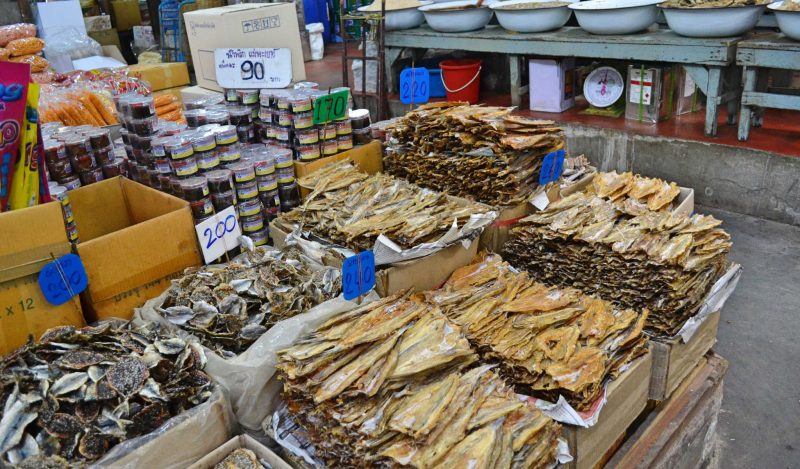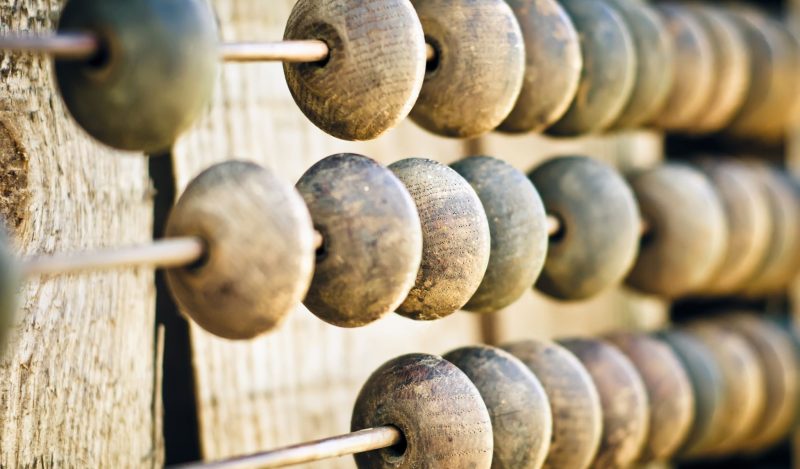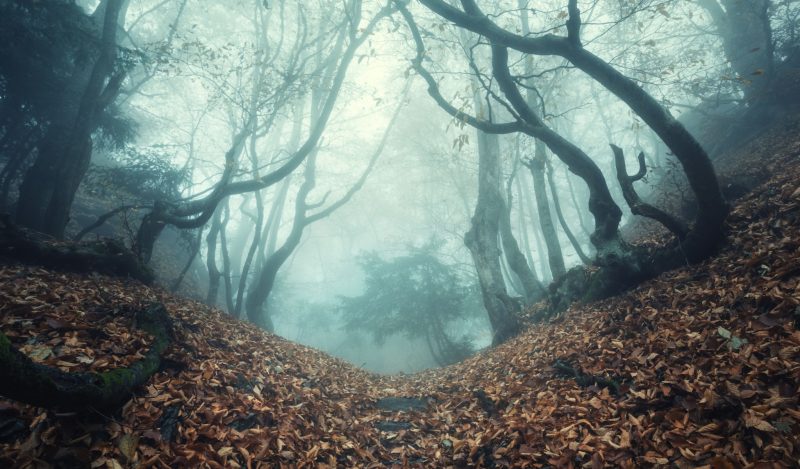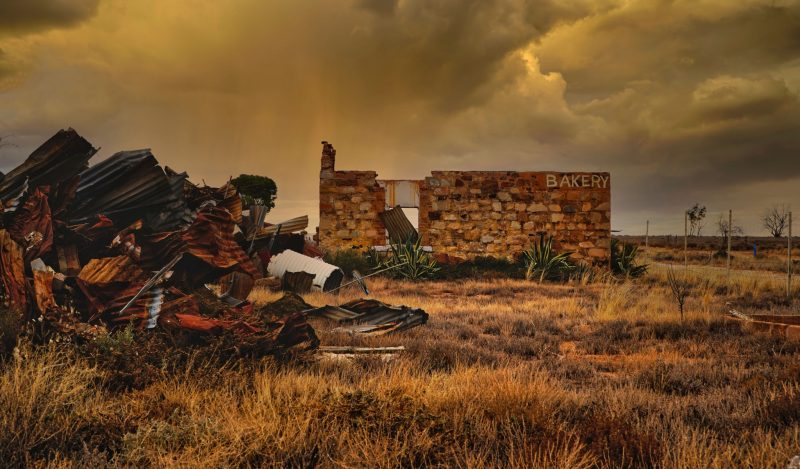“Hamlet: My fate cries out,
And makes each petty artery in this body
As hardy as the Nemean lion’s nerve.
Still am I call’d. Unhand me, gentlemen.
By heaven, I’ll make a ghost of him that lets me!
I say, away! Go on; I’ll follow thee. [Exeunt Ghost and Hamlet.]
Horatio: He waxes desperate with imagination.
Marcellus: Let’s follow; ’tis not fit thus to obey him.
Horatio: Have after. To what issue will this come?
Marcellus: Something is rotten in the state of Denmark.
Horatio: Heaven will direct it.
Marcellus: Nay, let’s follow him.”
Last month, a group of leading virologists—including such big names as Angela Rasmussen, Marion Koopmans, Eddie Holmes, and Kristian Andersen—jointly published a major study claiming to show “that the emergence of SARS-CoV-2 occurred through the live wildlife trade in China and show that the Huanan Market was the epicenter of the COVID-19 pandemic.”
The group is most notable because several of these virologists have long been at the center of the Covid saga, and some were even privy to secret calls and meetings on the origin of the virus back in January 2020, before any of this information was revealed to the public.
According to the study, when the geographical coordinates for the earliest known Covid cases, in December 2019, were plotted on a map of Wuhan, they formed a clear cluster “with the market at the dead centre.” This was true whether or not each case was linked to the market. Therefore, these illustrious researchers conclude, since “we have access to the home locations of the earliest known 174 COVID-19 cases in the world,” all centered around the Huanan Market, we can safely conclude that the virus began at the market. Case closed.
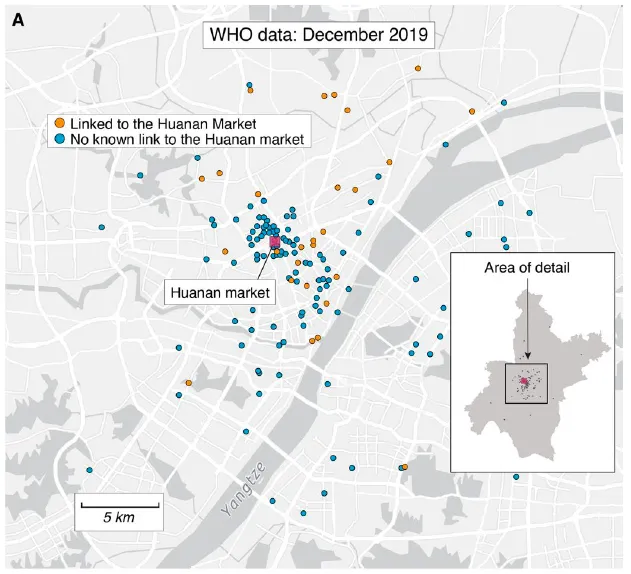
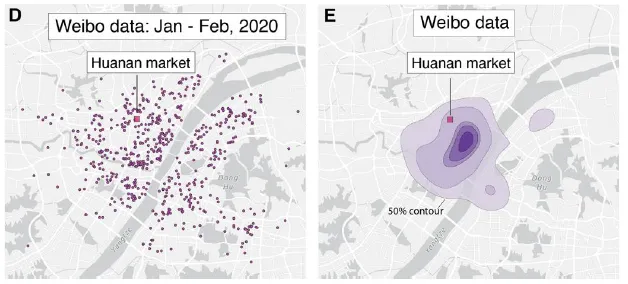
There’s just one big, glaring problem with these researchers’ analysis. These 174 cases in Wuhan in December 2019 were not, in fact, “the earliest known 174 COVID-19 cases in the world.” In fact, we now have overwhelming, often peer-reviewed evidence that the virus began spreading undetected all over the world by fall 2019 at the very latest.
The critical assumption of these leading virologists that these cases in Wuhan in December 2019 were “the earliest known 174 COVID-19 cases in the world,” is thus belied by peer-reviewed evidence that was available at the time they published their analysis. Absent that critical assumption, their analysis, and its conclusion, falls apart entirely.
Let’s walk through the most pertinent evidence. First, a study found “the presence of SARS-CoV-2 RNA in human sewage in Santa Catarina, Brazil, November 2019.” This study was peer-reviewed, and its findings were replicable. Based on this study, the researchers concluded “SARS-CoV-2 was circulating unnoticed in Brazil since Nov 2019.”
This peer-reviewed evidence, which was available at the time the leading virologists published their Huanan Market study, belies their critical assumption that the cases in Wuhan in December 2019 were “the earliest known 174 COVID-19 cases in the world.”
Second, a study in February 2021 reported “a patient hospitalised in December 2019 in an intensive care unit in a hospital in the north of Paris.” The researchers conclude that “the absence of a link with China and the lack of recent foreign travel suggest that the disease was already spreading among the French population at the end of December 2019.” This replicable, peer-reviewed evidence, which was available at the time the leading virologists published their Huanan Market study, further belies their critical assumption that the cases in Wuhan in December 2019 were “the earliest known 174 COVID-19 cases in the world.”
Third, and most dramatically, a recent study in Lombardy, Italy, tested 435 samples and found, “The earliest sample with evidence of SARS-CoV-2 RNA was from September 12, 2019, and the positive patient was also positive for anti-SARS-CoV-2 antibodies.” The researchers thus conclude that the virus began spreading in Italy, “possibly no later than September 2019, according to our results.” These results, which were peer-reviewed and replicable, utterly belie the critical assumption of the leading virologists in their Huanan Market study that the cases in Wuhan in December 2019 were “the earliest known 174 COVID-19 cases in the world.”
Angela Rasmussen’s summary of the virologists’ Huanan Market study contains some interesting tells. For example, Rasmussen admits, “Because the data about early cases in China is to some degree inaccessible to researchers in other countries, we had to rely on a combination of verifiable pieces of evidence.” But Rasmussen—who’s also been notably credulous regarding the purported success of the Chinese Communist Party’s lockdowns in China—then goes on to celebrate, “It is simply stunning, for example, that we have access to the home locations of the earliest known 174 COVID-19 cases in the world.”
In other words, while admitting that the CCP will never let anyone obtain any real data as to how far Covid spread in China in 2019, Rasmussen appears perfectly willing to take the CCP’s word for it that this cluster in Wuhan did, in fact, represent “the earliest known 174 COVID-19 cases in the world,” and she feels this is worth celebrating.
I’m not celebrating. There’s something rotten in the state of virology. The study performed by these leading virologists, who’ve been dead centre in the Covid saga from the earliest secret calls about the virus in early 2020, is entirely reliant on a critical assumption that an early cluster of cases around the Huanan Market in Wuhan in December 2019 represented “the earliest known 174 COVID-19 cases in the world”—an assumption which is belied by an overwhelming amount of replicable, peer-reviewed evidence to the contrary.
Rather, the evidence indicates that the cluster around the Huanan Market was merely a superspreader event. Their study, and its conclusion, thus falls apart entirely and demands retraction.
Published under a Creative Commons Attribution 4.0 International License
For reprints, please set the canonical link back to the original Brownstone Institute Article and Author.
